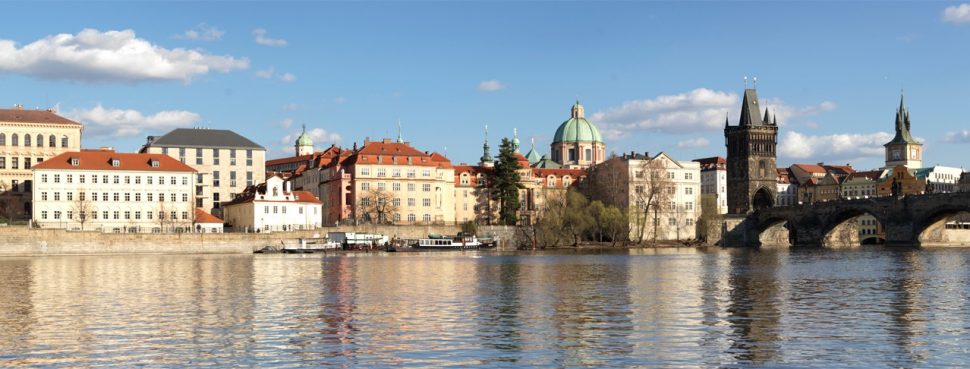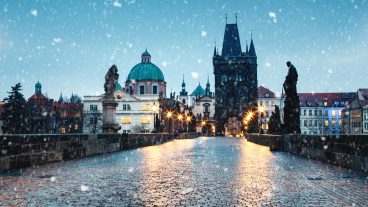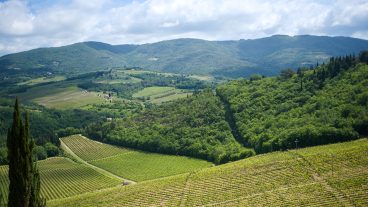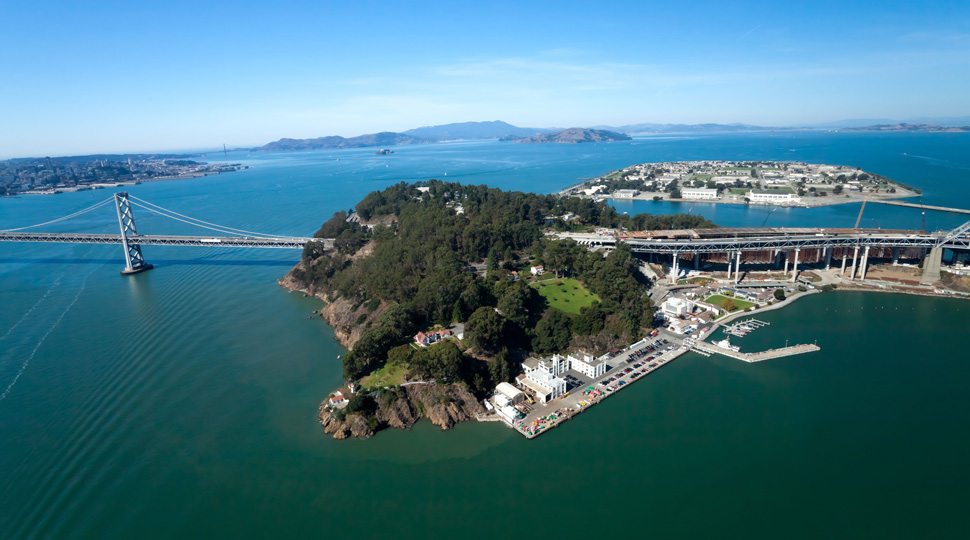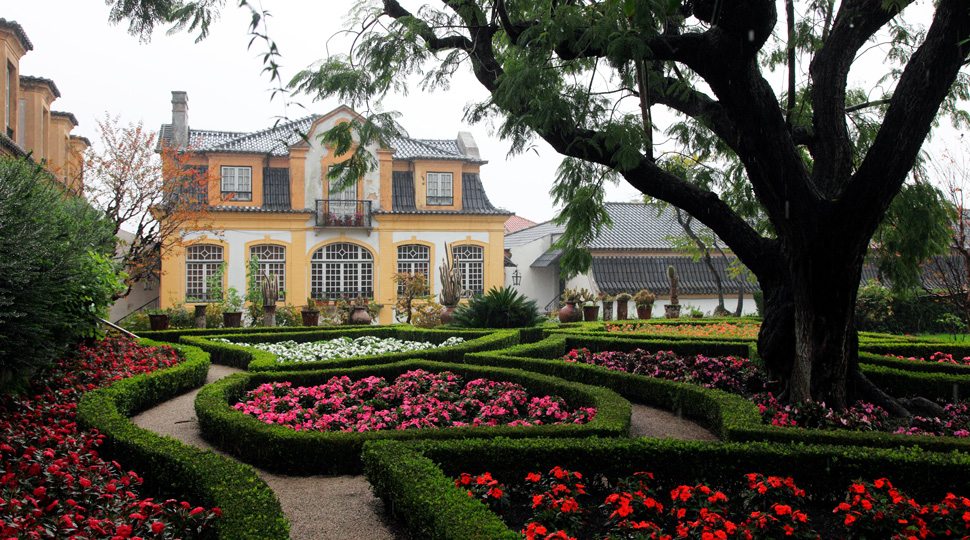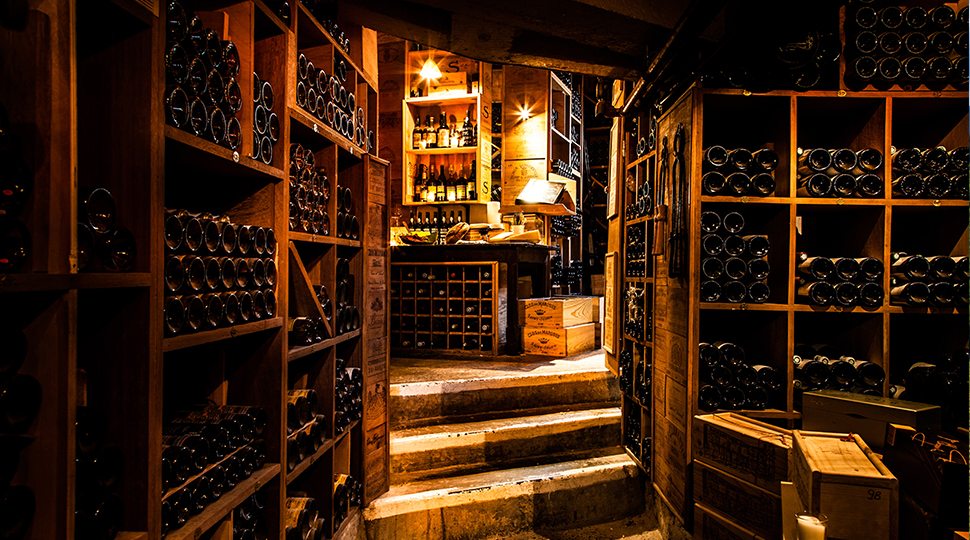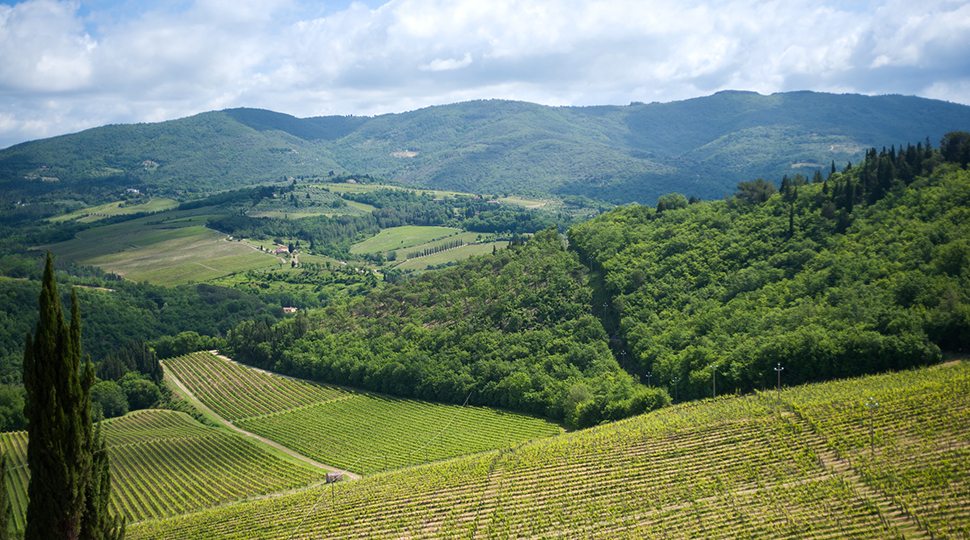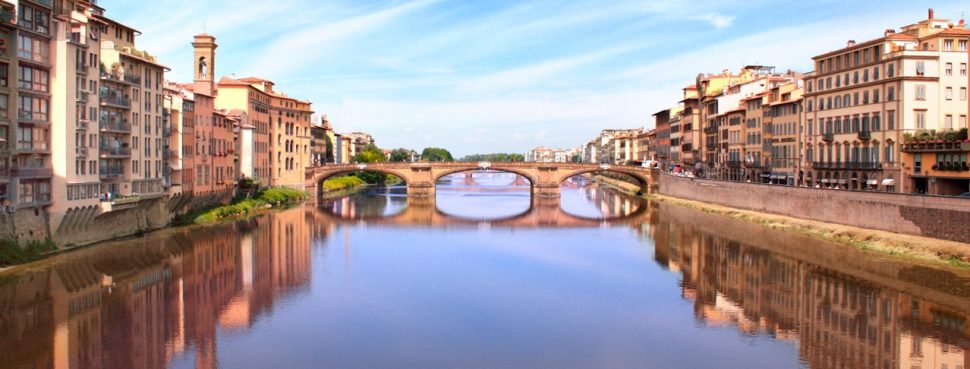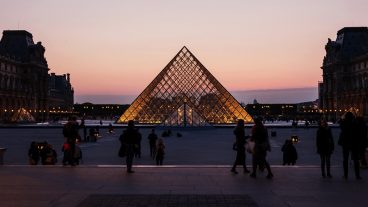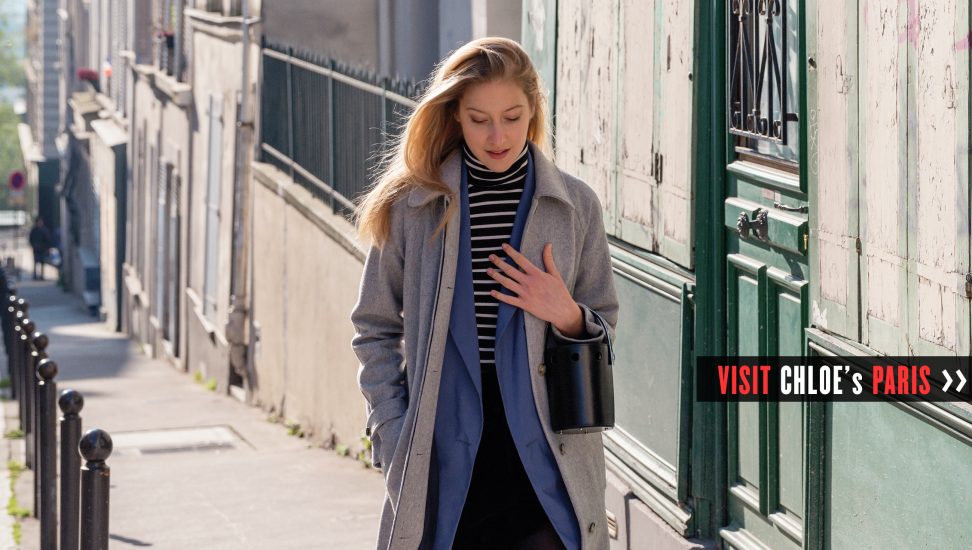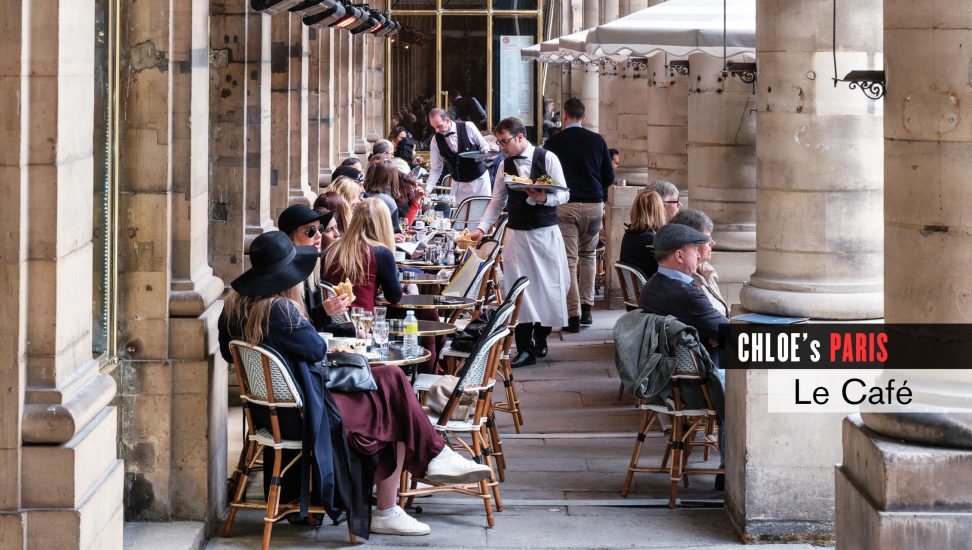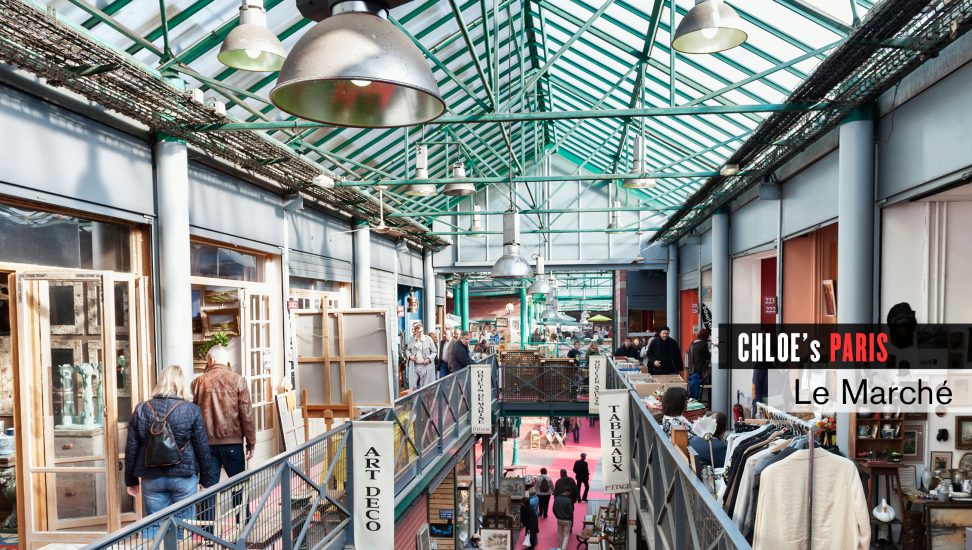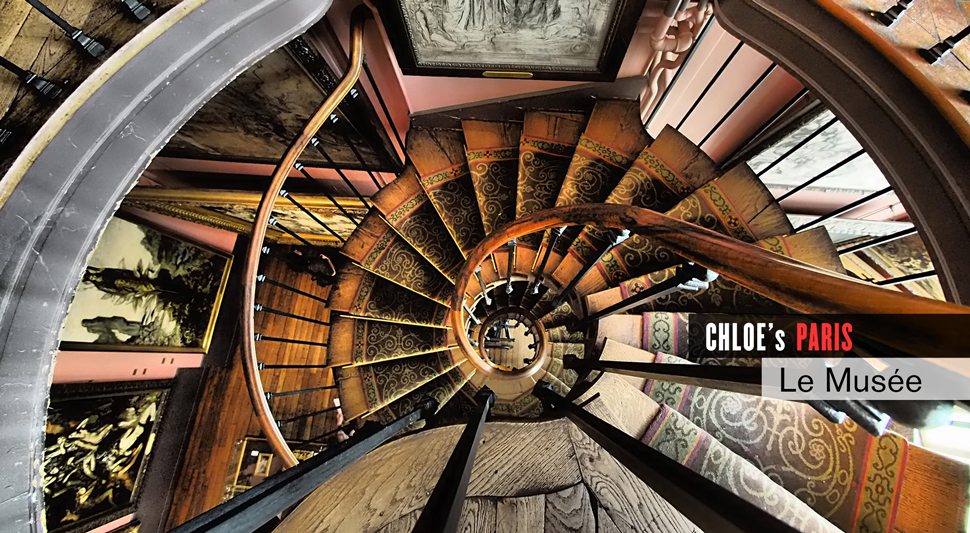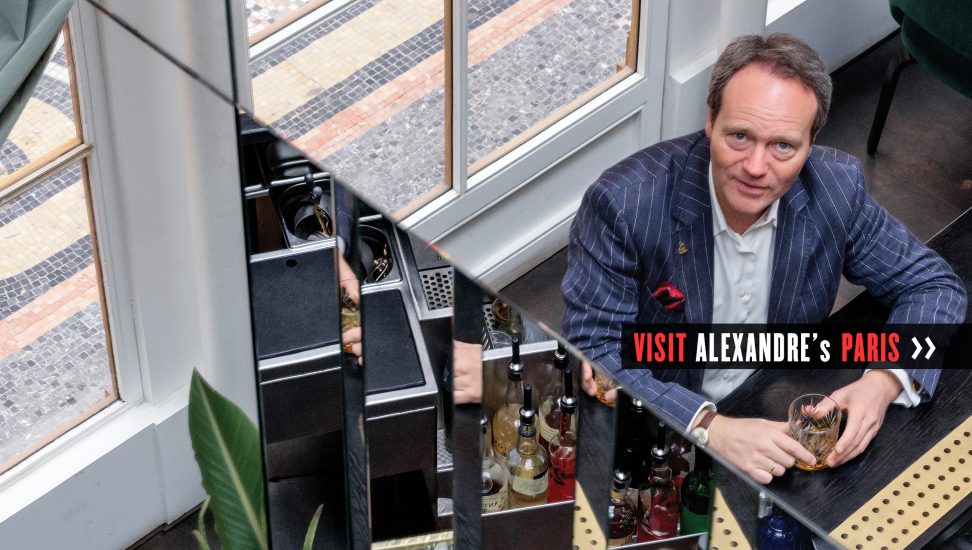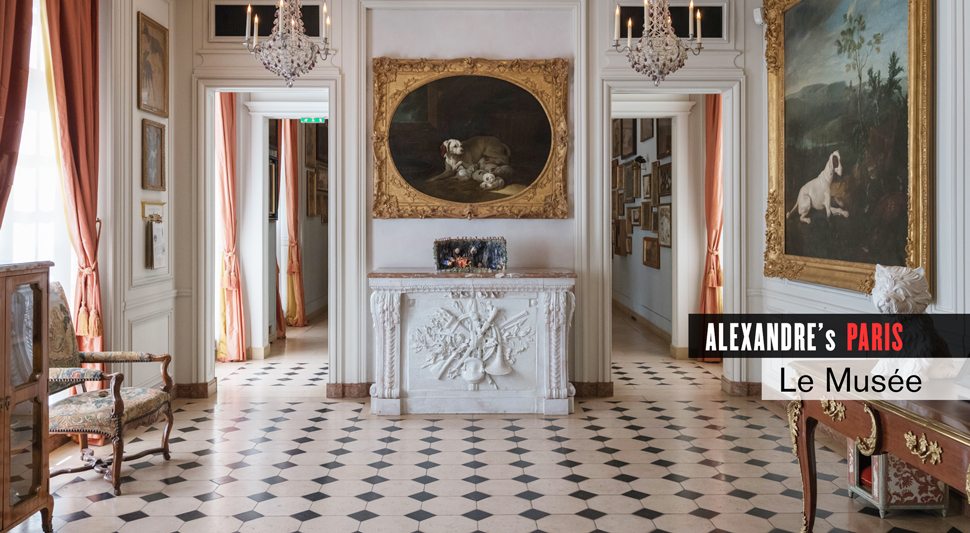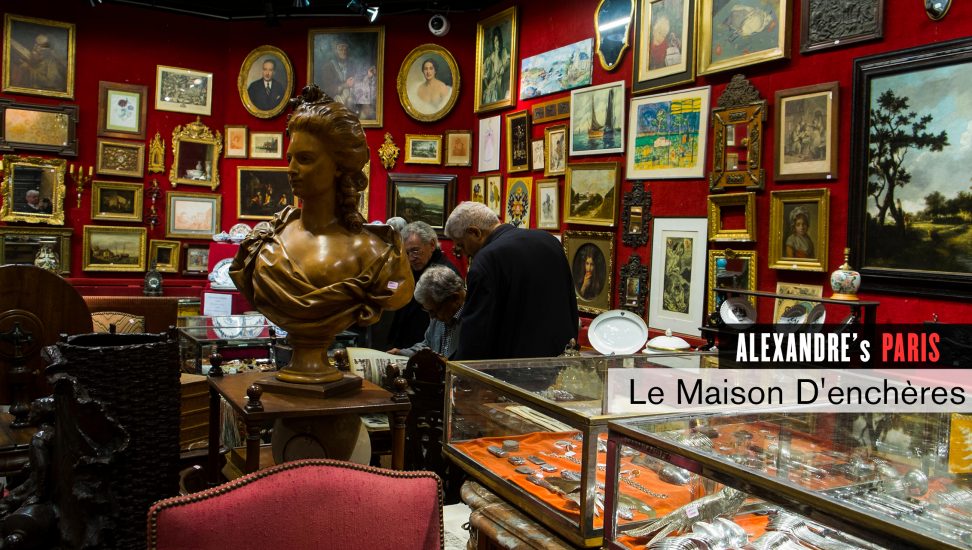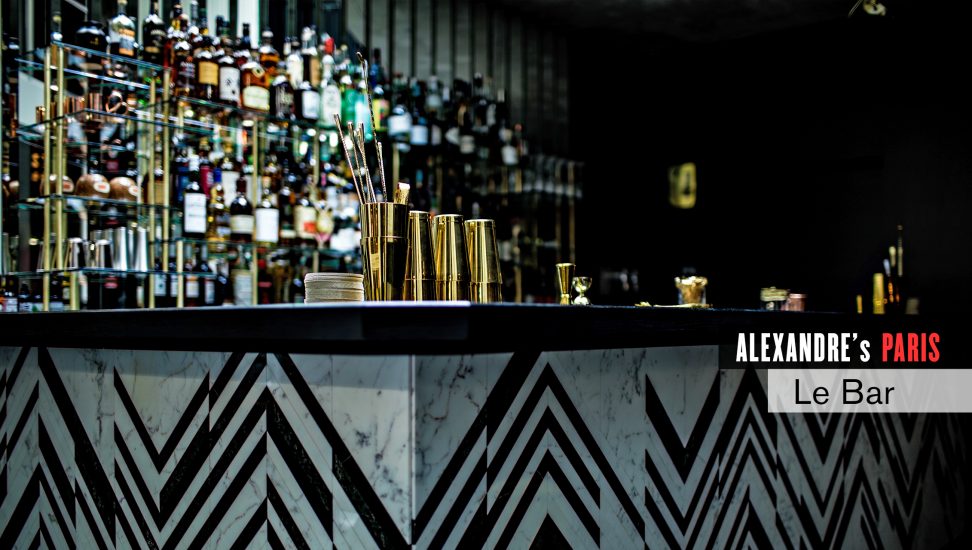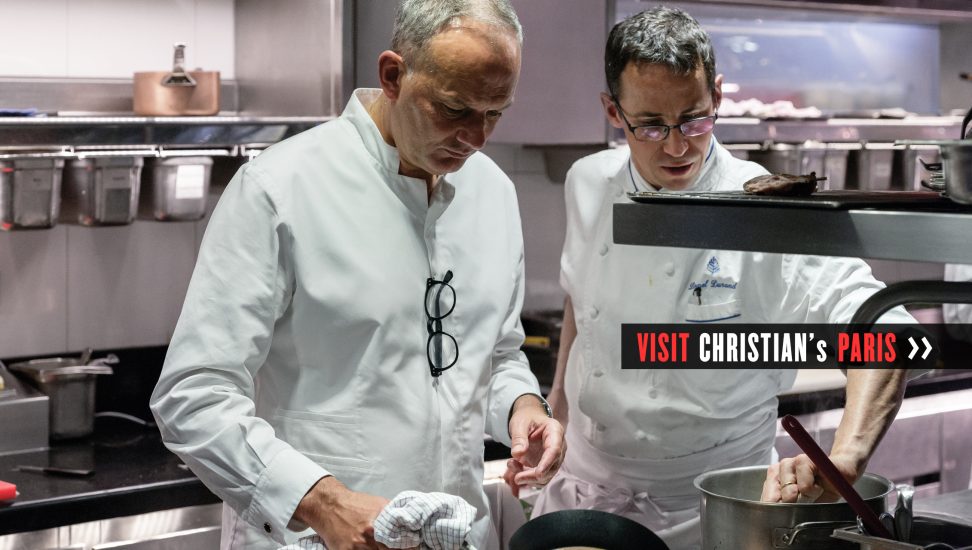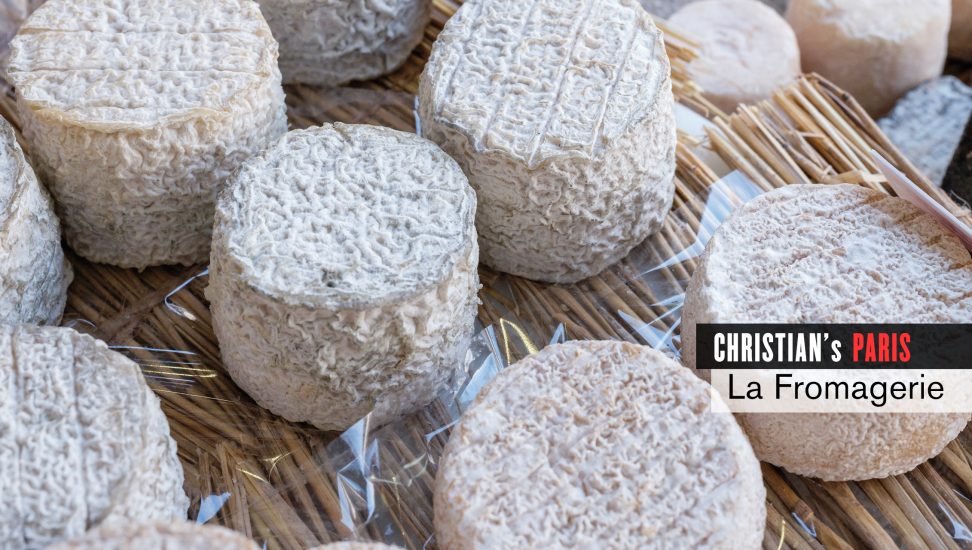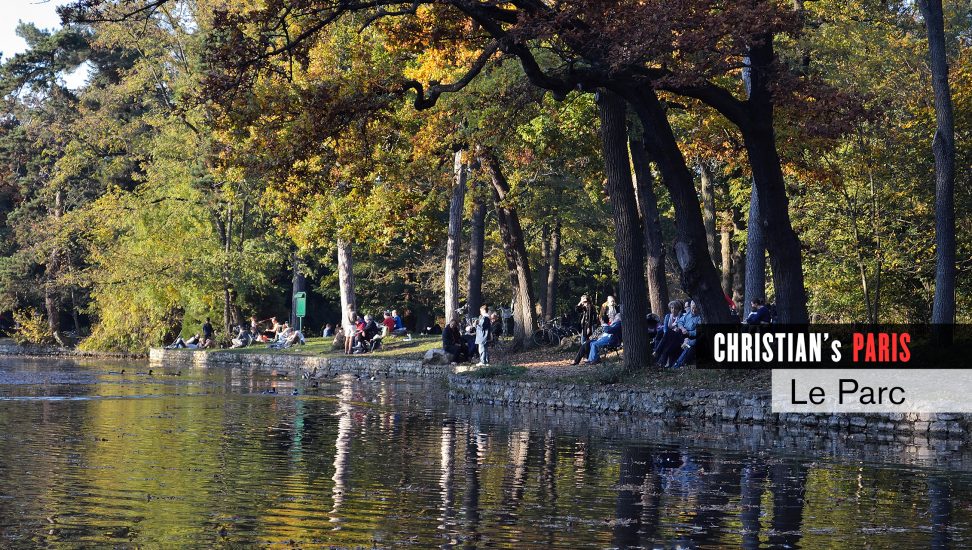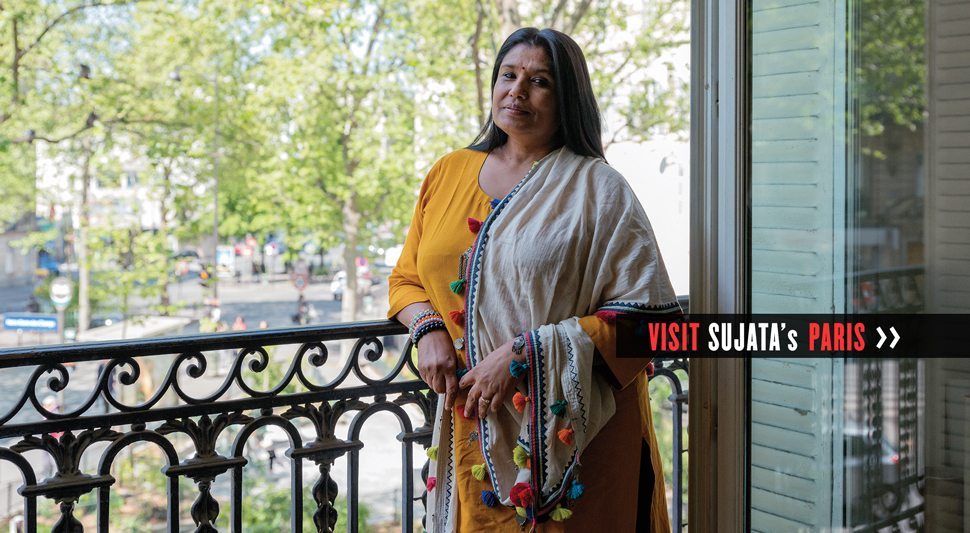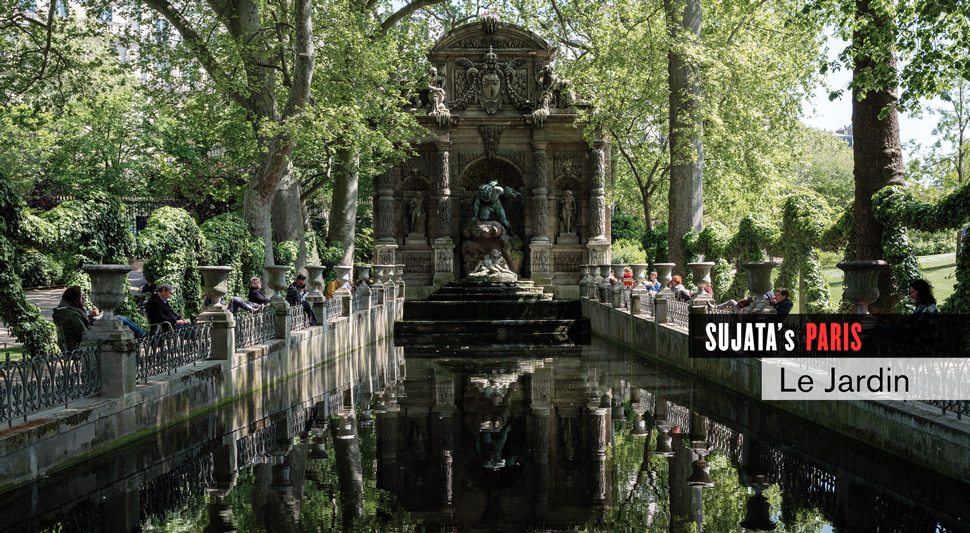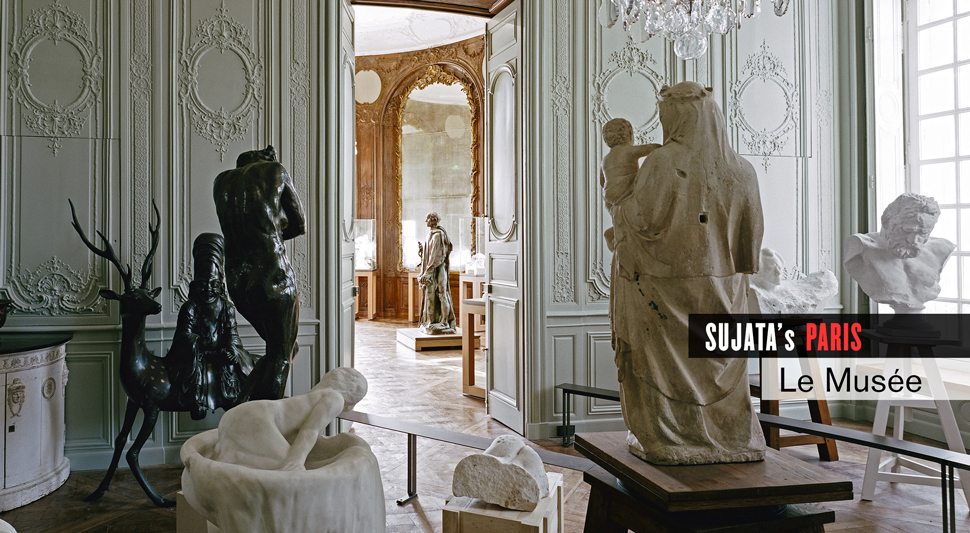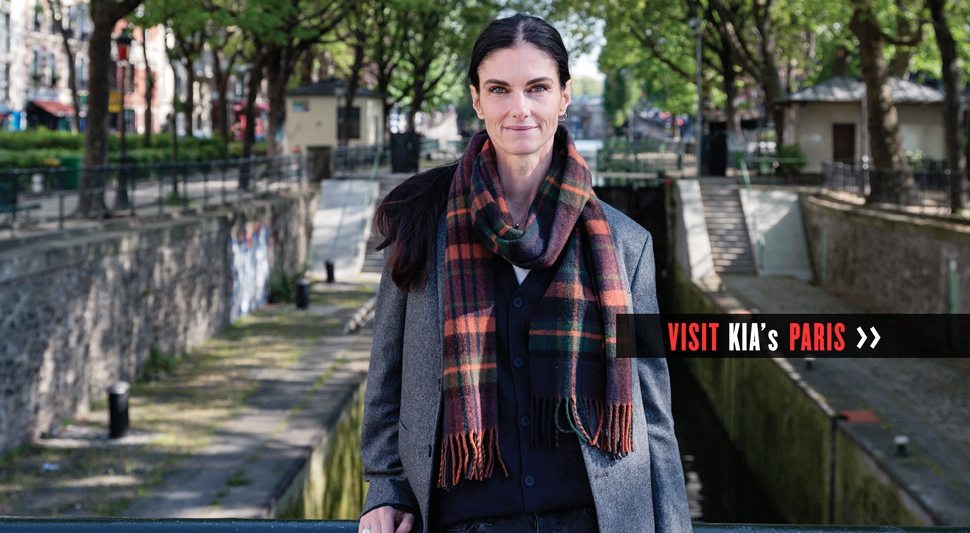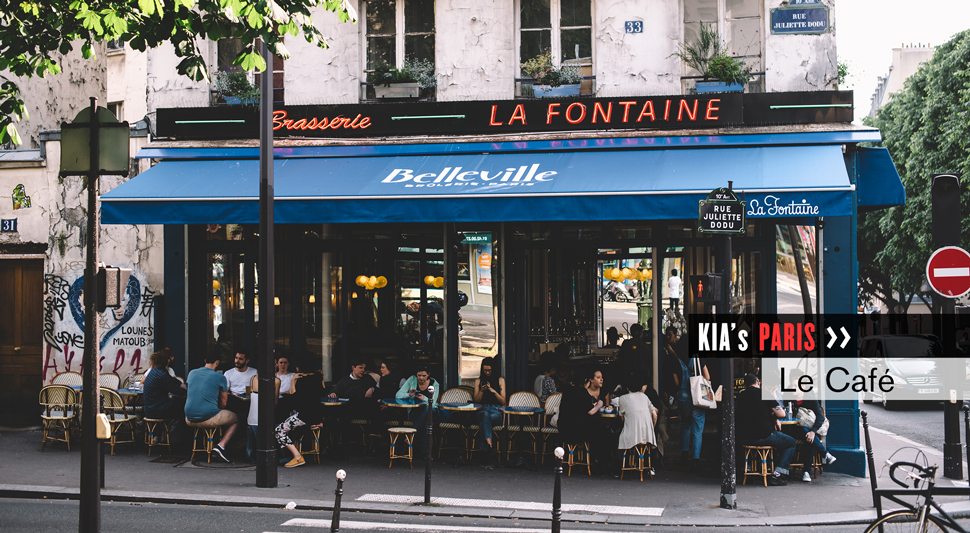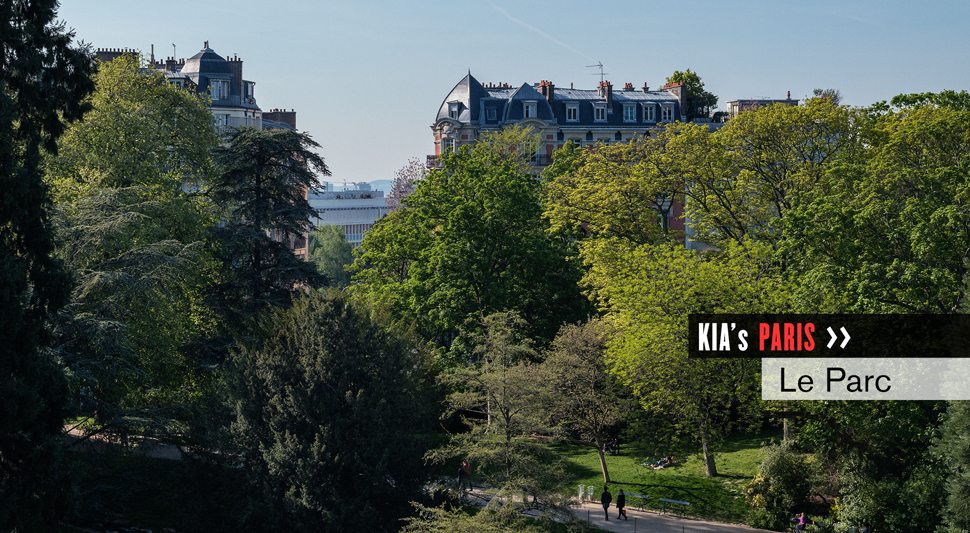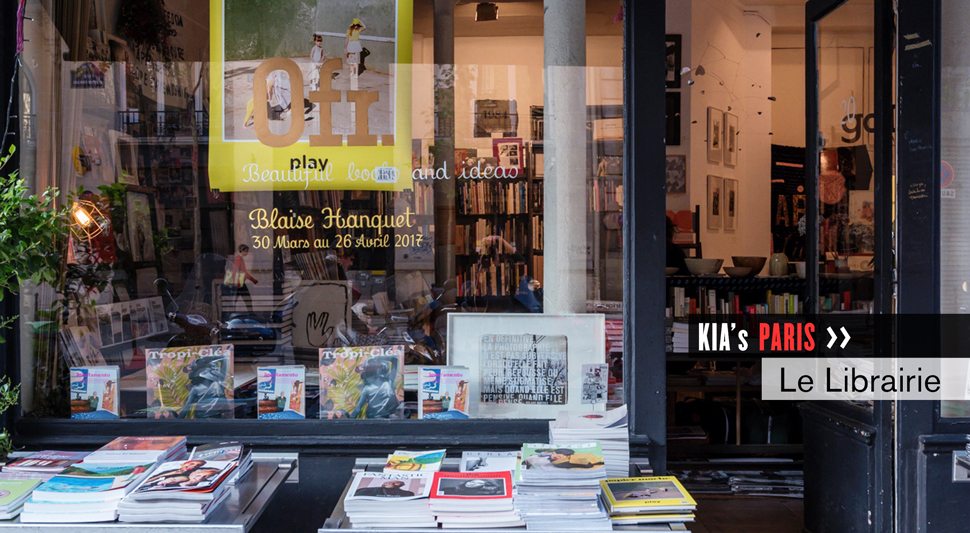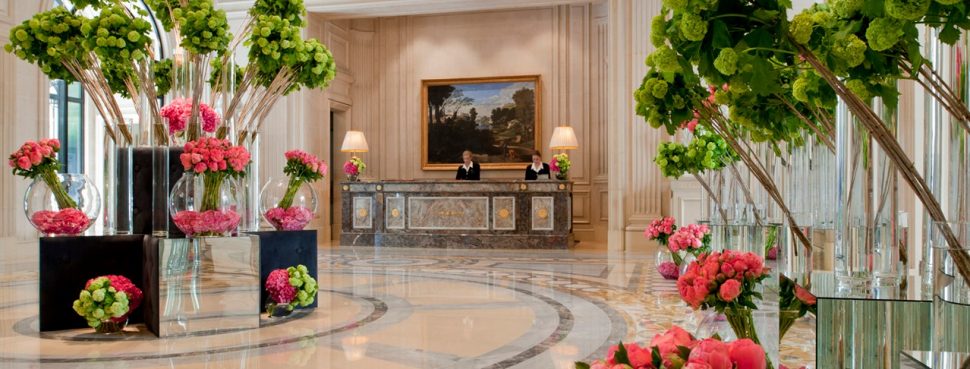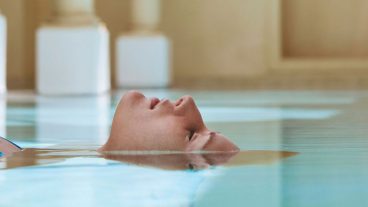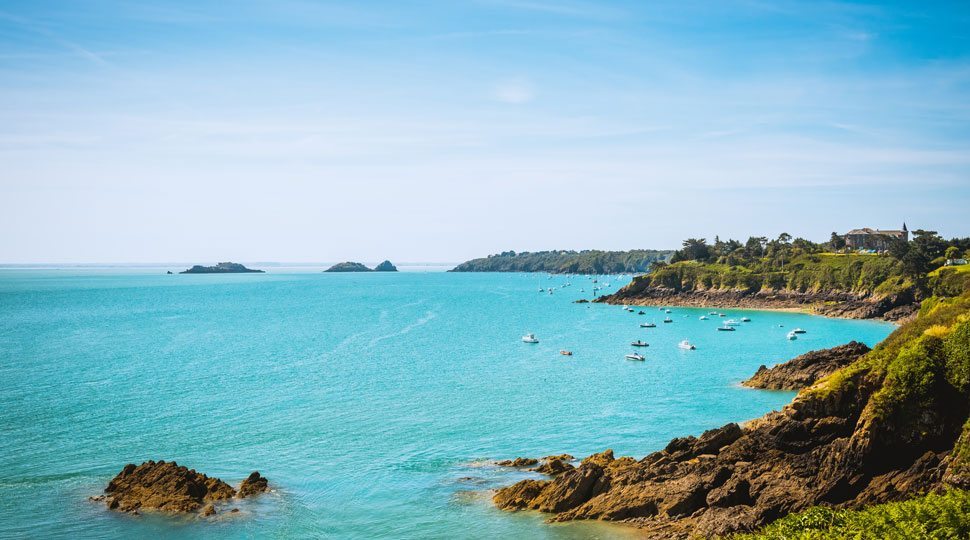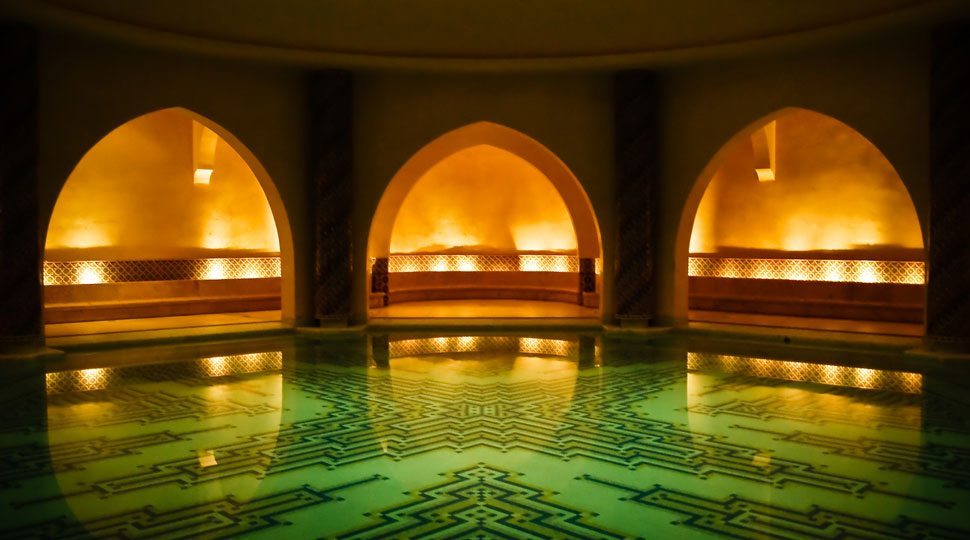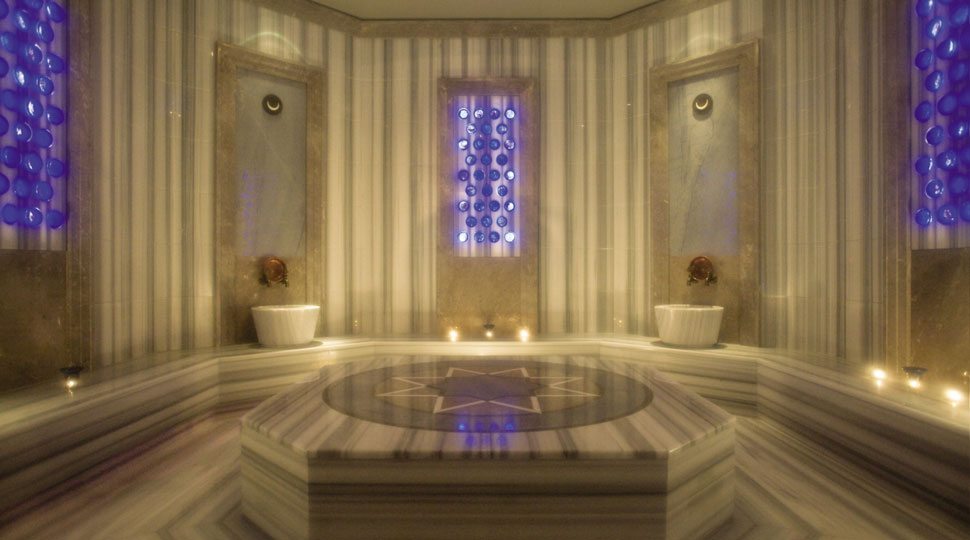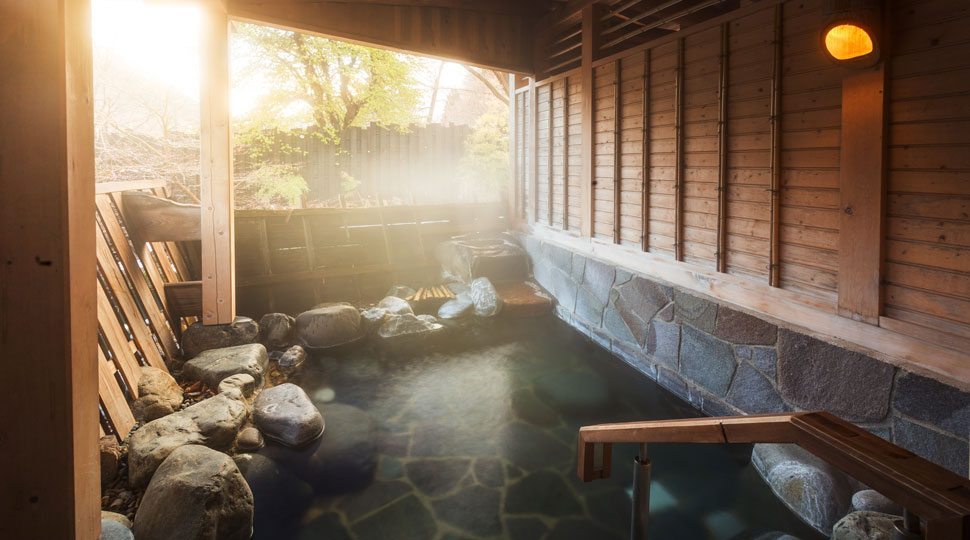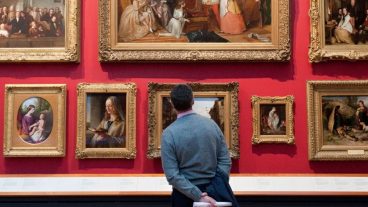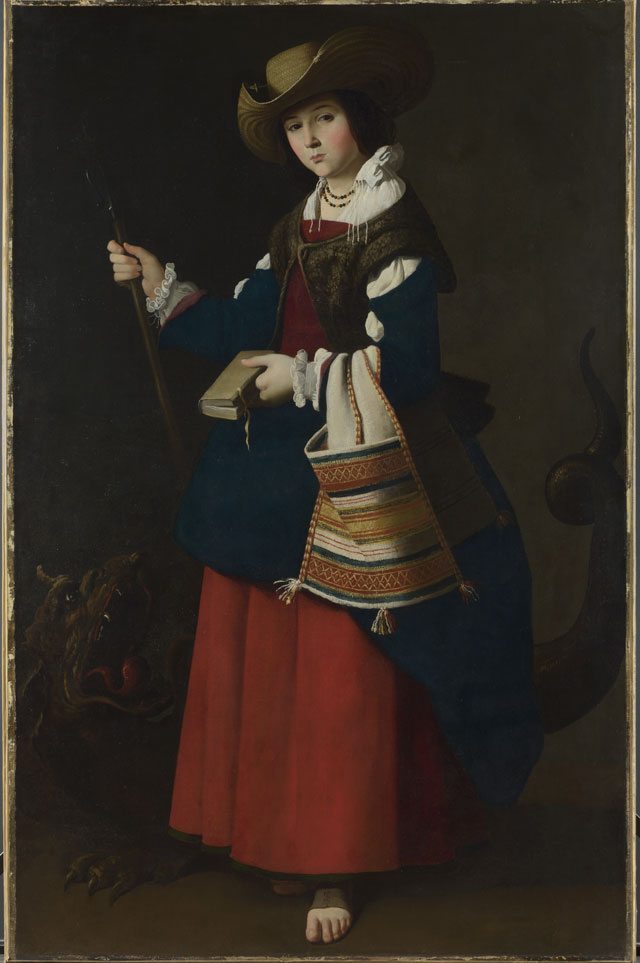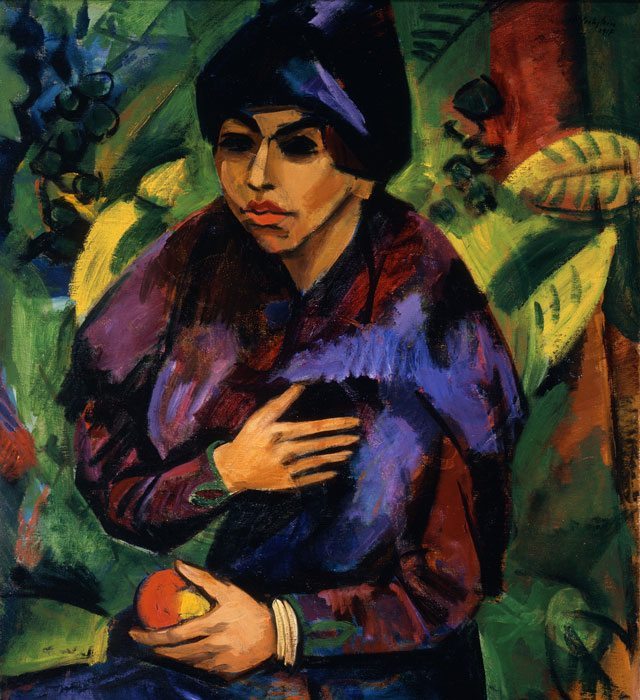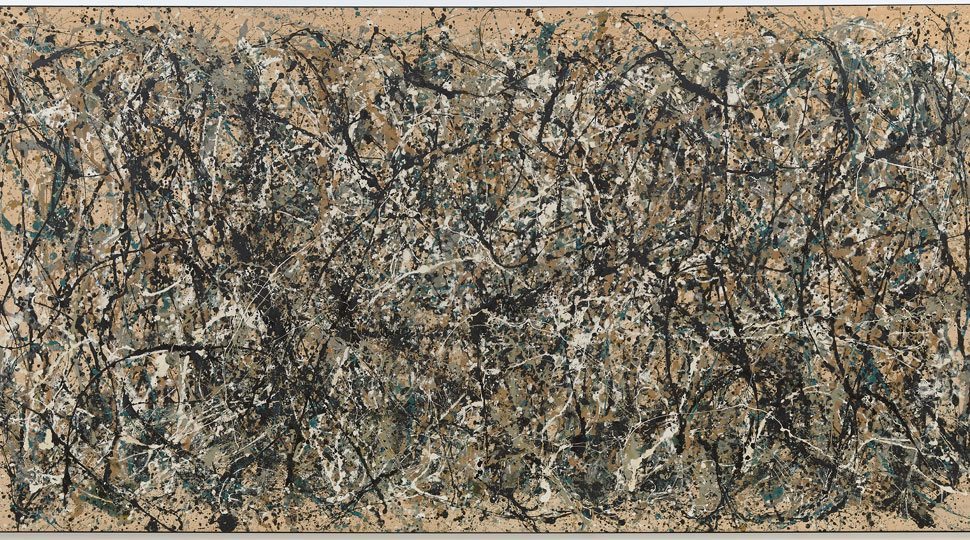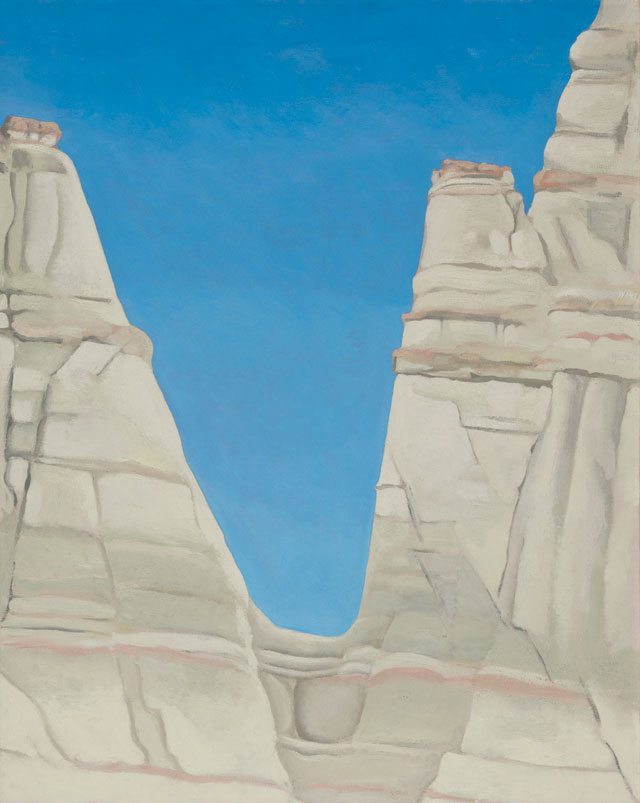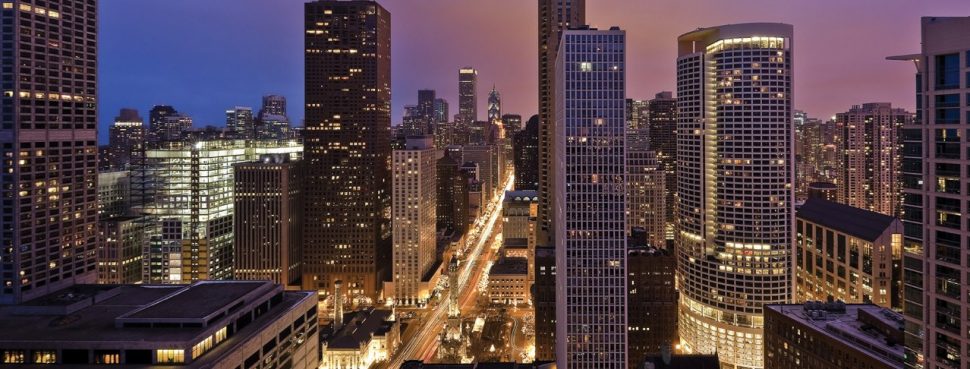Prague’s storybook castles, Harrods’ Christmas windows, the sights along the Seine through snow – beguiling European cities deck themselves out for holiday travellers. The magic of the season wafts up from snow-edged cobblestone streets and mixes with the aromas of hot cocoa and fresh-baked bread from charming cafés.
Here, time-honoured traditions and new sources of holiday cheer swirl together as expert Four Seasons Concierges, as well as savvy locals, reveal how best to explore them during this most wonderful time of year.

The Charles Bridge in Prague
PRAGUE
In the wintertime, Prague’s hilltop castle, narrow cobbled streets and towering spires put on their winter charms. Guests of Four Seasons Hotel Prague can embark on a horse-drawn carriage ride to the traditional Christmas market stalls in Old Town Square, enjoying mulled wine and roasted chestnuts along the way. Concierge Stanislav Malek also recommends visiting the markets in the Vinohrady district for an authentic local experience. He advises those with an appetite to sample a trdelnik, “a delicious pastry made from fluffy dough and coated with cinnamon and sugar.”
Locals rave about Café NG Kinský as the perfect spot to look out on Old Town Square over perfect pastries or perhaps a Pilsner. And not only does Prague have some of the most beautiful and storied churches in all of Europe, the Museum of Decorative Arts has an unrivalled collection of glass objects, collected over centuries, to put a twinkle in your eye.
Four Seasons Hotel Prague
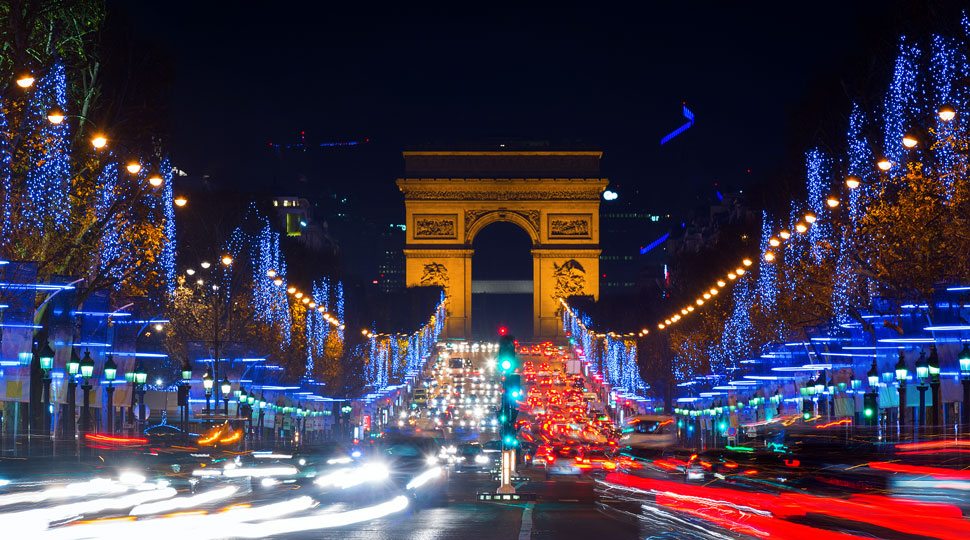
The City of Light in all its holiday glory
PARIS
The City of Light lives up to its name during the holiday season: Elaborate displays illuminate store windows near the Palais Garnier, and the Champs-Élysées sparkles all the way from the Place de la Concorde to the Arc de Triomphe.
Take to the city’s charming streets with a bag of roasted chestnuts, or feast on seasonal specialties like oysters and bûche de Noël (a pastry Yule log). Christian Le Squer, Executive Chef at Four Seasons Hotel George V, Paris, recommends shopping for gourmet gifts at Le Bon Marché, the world’s oldest department store, as well as the Christmas markets at Montmartre and La Défense. To go even deeper into the old world, visit the recently expanded middle ages museum, Musée de Cluny, which offers some of the country’s most ancient treasures. After a day spent perusing, Le Squer recommends warming up with a meal of seasonal classics: “When it’s cold outside I like to eat traditional French winter dishes,” he says quite sensibly, “like boeuf bourguignon and blanquette de veau.”
At this time of year, Parisians point to Girafe, housed in an elegant 1930s space reimagined by Joseph Durand, for unparalleled seafood and views of the Eiffel Tower in its December splendour. Others might prefer to catch a glimpse of the glittering tower from the giant windows at the Palais de Tokyo. If browsing the Christmas stalls on Saint-Germain-des-Prés puts you in the mood for a sweet treat, head to Jacques Genin, where the hot chocolate is legendary among the locals, as is the absolutely architectural lemon meringue pie at Le Loir Dans la Théière.
Four Seasons Hotel George V, Paris
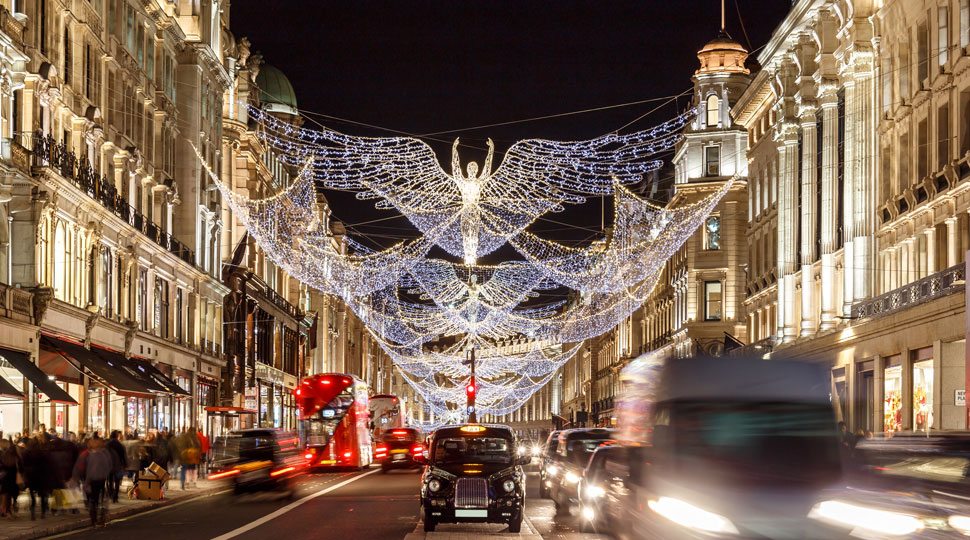
Mayfair Christmas lights in London
LONDON
From sparkling, one-of-a-kind shops and spectacular window displays along Regent and Bond streets to ice rinks with iconic backdrops like Somerset House, London is full of holiday cheer.
Guests visiting Four Seasons Hotel London at Park Lane will find much to explore in the surrounding streets of Mayfair. “After a winter stroll in Green Park, I recommend guests make their way to Mount Street to shop for stylish gifts before warming up with a mulled wine at The Audley, a traditional English pub with ornate décor and cosy leather banquettes,” says Guest Services Manager Toby Gray. And venture out to the Royal Albert Hall for its Carols by Candlelight concert, two evenings of seasonal classics performed in full 18th-century costume on December 23 and 24.
London’s distinguished shoppers head to Notting Hill, specifically Westbourne Grove and Ledbury Road. Between stops at designer boutiques and Matches Fashion, one can pop into Ottolenghi for some of the legendary chef’s roasted aubergine with feta yoghurt, mint, almonds and pomegranate. If Christmas cookies are your thing, head to Biscuiteers Boutique and Icing Café on Kensington Park Road for exemplary versions featuring hand-drawn art. And for a unique experience, locals point to Felt, situated in one of Chelsea’s most charming squares, for vintage jewellery and pop-ups frequented by fashion editors and royals alike.
Four Seasons Hotel London at Park Lane
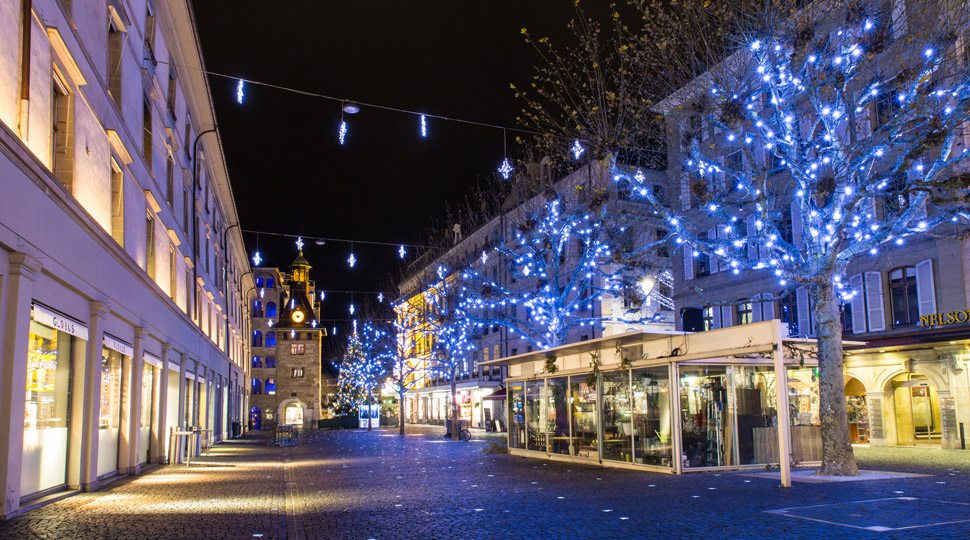
A festive side street in Geneva
GENEVA
With its dramatic views of the Alps, its cobblestone streets lined with luxury boutiques and chocolate shops, and its restaurants serving fondue and foie gras, Geneva is the perfect spot for a festive foodie escape. “For the best fondue in the city, head to Au Vieux Carouge, or try a traditional raclette [hard cow’s-milk cheese heated under a grill and scraped over boiled potatoes as it melts] at Les Armures in the Old Town,” says Mina Bayat, Chief Concierge at Four Seasons Hotel des Bergues Geneva.
In addition to the Christmas light displays along Rue du Rhône and Rue du Marché, just steps away from the Hotel you’ll find a magical Christmas market at Parc des Bastions. There, you can browse unique creations from dozens of skilled local artisans while sipping local Vin Chaud (mulled wine).
If you’re feeling ambitious, hop on the train to stunning Montreux – it’s about an hour’s ride through countryside so gorgeous you could be on the Polar Express. Once there, explore the spectacular Christmas market, or head 45 minutes north to Corsier-sur-Vevey to visit Chaplin’s World, a quirky museum dedicated to Charlie Chaplin and housed in his former home.
Back in Geneva, a meal at Auberge du Lion d’Or provides uninterrupted views of the city’s namesake lake, as well as the gold standard of modern French cuisine. If you want the classic Genevan dish, look to Café du Port and its filet de perche. Afterwards, Yvette de Marseille or Bottle Brothers, both on Rue Henri-Blanvalet, can provide the perfect digestif – and the cheery atmosphere in which to enjoy it.
Four Seasons Hotel des Bergues Geneva
YOUR JOURNEY BEGINS HERE
Start planning your next celebration.
